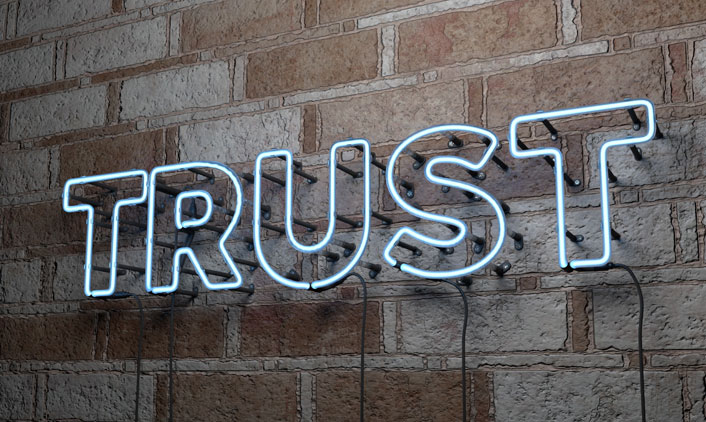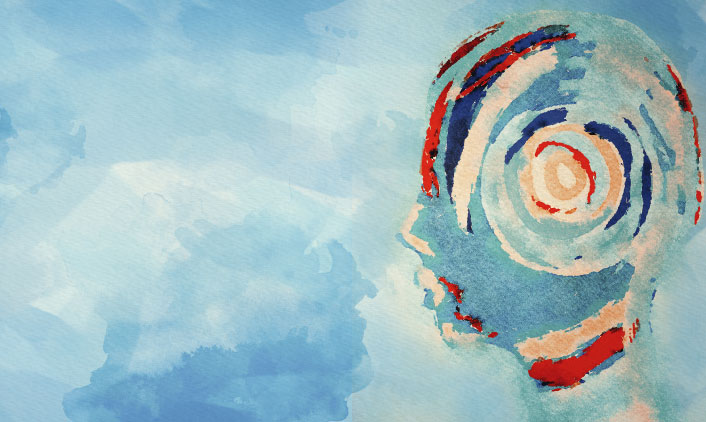Unless you’ve been living under a rock or ignoring all forms of media – you’ll know the NBN is rolling its way across Australia … causing mass disruption and, in some cases, panic as the window to switch to the network via one of their distributors closes. Once the NBN becomes available in your area, you have 18 months to switch providers before your existing phone and internet service is cut off. Seems reasonable? Unfortunately it’s becoming very clear that no matter how hard you try, you cannot communicate to all of the people all of the time, and it’s being reported that up to 500,000 homes and businesses have been left without phone and internet after being ‘unexpectedly’ cut off.
The number has been disputed, with the NBN rightly claiming if half a million Australians had suddenly lost phone and internet services there would be a huge public outcry, Instead, NBN has suggested at least 5% – or 45,000 homes and businesses – have not migrated to the network. Whatever the final number, the fact remains that at a significant number of customers have lost phone and internet services through not being engaged in the transition. What’s interesting to us, is how and why such a significant gap in engagement can occur.
Huge country = huge job
The NBN has a tough gig. Not only is it a political football the major parties kick around, blaming each other for the problems the company has faced, it’s also held accountable for poor customer experience and service that’s actually the responsibility of providers such as Telstra and Optus. To its credit, NBN has put a lot of focus into working collaboratively with service providers to map customer journeys for connecting to the network, resolving pain points, and being more visible to the public.
NBN also have the challenge of engaging the entire Australian population! An incredibly diverse melting pot of ethnicities, ages, expectations, and communication channels. Imagine trying to create a campaign that would deliver the same messages to every person in Australia, on every conceivable channel. Where would you begin?
Every channel possible
The NBN has made a valiant attempt to do just this. They’ve dotted the i’s and crossed the t’s in an effort to communicate the NBN’s rollout, including online tools, social media campaigns, articles and announcements in national, state, and local broadcast and print media, direct mail-outs, EDMs via service providers, manned stands in shopping and town centres and roadshows in regional Australia. The list goes on and on…
And yet, people still manage to fall through the well-researched and designed CX strategy.
Banner blindness to blame
Think of the last time you looked at a news website – or Facebook for that matter – remember annoying pop-up/roll-over ads, flashing mrecs, banners and the like? Do your remember what any of them were promoting? Chances are you completely ignored it, a classic case of banner blindness, a learned behaviour that results in consumers sub-consciously or consciously ignoring the parts of a website resembling advertising.
It’s the same behaviour that sees us throw out endless amounts of junk mail – be they catalogues, takeaway menus, letters from the local council about late night road works etc – without so much as a cursory glance. And unfortunately the harder you try to push a message out, the more likely it is that people will ignore you! It’s not you – it’s them. NBN’s CEO Bill Morrow could have personally knocked on the doors of every single residence and business in Australia and left a “sorry we missed you” card, twice, and there still would have been people who slipped through the net.
Recovery mode
Accepting the fact you can’t design a CX model that will deliver the perfect experience to every single customer, in every possible scenario, the solution is to instead design the process for handling these hopefully rare situations. Through your research and understanding of your customers, you can map out what will likely be their first course of action – it may be posting a rant on their social media accounts, on your social media accounts, call the local talkback radio shock jock, their commercial television equivalence, or – of course – your call centre.
Develop the process you will follow to both respond to these complaints, the information you need to resolve the situation, and the way unhappy customers need to be treated by customer service representatives. Understand their emotional state – frustrated, upset, confused, embarrassed – and the triggers or actions that will start to move these emotions into more neutral territory.
Just like any other disaster recovery plan, a one-size-fits-all approach won’t work. While each scenario will have similarities, customers will have different ‘criticalities’ or things that are most important to them. Some may want minimal contact, and the situation resolved as quickly as possible. Others may want their opportunity to be listened to by an apologetic ear, or to have the situation explained to them in simple terms and their personal options outlined for them in a way they can understand. And those next steps, whatever they may be, should be given top priority – without completely jeopardising the ‘business as usual’ work.
While we cannot plan for everything, we can endeavour to address these “disaster” scenarios with empathy and urgency, maintaining laser-focus on the customer’s needs.
The reality…
John Lyndgate hit the nail on the head with his adage: “You can please some of the people all of the time, you can please all of the people some of the time, but you can’t please all of the people all of the time.” Accept the reality – but not defeat – that there will be unhappy customers no matter how much user research, data analysis, CX design, process development, and user testing you do. You can, however, develop the processes to handle the worst case scenarios and – better yet – learn from these situations and put the measures in place to ensure they don’t happen again.







